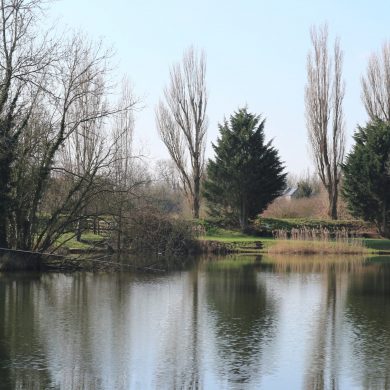Source: World Fishing & Aquaculture
World Fishing & Aquaculture report that: Landcatch and its scientific partners have used genomic selection (a method of screening the DNA of individual fish) to identify those that are most resistant to sea lice infection. Several million selected eggs will be commercially available by December, in Landcatch’s next spawning, to improve the resistance of the next generation of Atlantic salmon.
The latest development is seen as a significant step in a long road that aims to reduce sea lice numbers to such an extent that they will no longer be a problem.
Dr Alan Tinch, director of genetics at Landcatch, told delegates at the Aquaculture UK conference that the industry may never get to the stage where farmed salmon are completely resistant to sea lice, but this development is a major advance in tackling the issue.
He said: “We are excited to bring this advance in technology to market and to take a step forward in reducing the impact of sea lice on welfare and performance of salmon.”
The latest advance shows that sea lice resistance is controlled by a handful of DNA regions with large effects, a hundred or so regions with small effects and thousands of regions with very small effects.
The Landcatch team takes a small fin sample from each fish and use a recently-developed SNP Chip to analyse more than 100,000 markers, known as single nucleotide polymorphisms (SNPs). These SNPs help scientists locate genes associated with disease and, subsequently, predict the sea lice resistance of individual fish to be used in breeding.
Dr Tinch added: “Salmon breeding takes a leap forward with the successful implementation of genomic selection for sea lice resistance. We now have a high resolution digital quality image of the genetic value of each of our broodstock and predict with high accuracy which males and females are the most resistant to sea lice.”
Read the full story HERE

